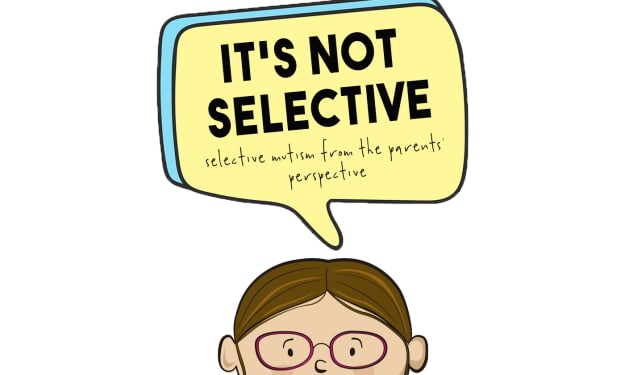Coping with Seasonal Affective Disorder: Tips and Strategies for Managing Winter Blues
Coping with Seasonal Affective Disorder: Tips and Strategies for Managing Winter Blues

Seasonal Affective Disorder, or SAD, is a type of depression that occurs during the fall and winter months. It can cause a variety of symptoms, including fatigue, lack of motivation, and feelings of sadness or hopelessness. These symptoms can have a significant impact on an individual's daily life, making it difficult to complete tasks, maintain relationships, or enjoy activities they once found enjoyable.
One of the key effects of seasonal affective disorder is the disruption of the body's circadian rhythm. The circadian rhythm is responsible for regulating sleep and wake cycles, and is closely tied to exposure to light. During the fall and winter months, decreased sunlight exposure can throw off the body's internal clock, leading to feelings of fatigue and lethargy. This disruption can also affect the production of hormones such as melatonin and serotonin, which are important for regulating mood and sleep.
Fortunately, there are several strategies that individuals with SAD can use to manage their symptoms and improve their overall well-being. One of the most effective strategies is light therapy. This involves using a special light box that emits bright, artificial light that mimics natural sunlight. Sitting in front of a light box for a designated amount of time each day can help regulate the body's circadian rhythm and improve mood.
In addition to light therapy, there are several lifestyle changes that can be helpful in managing SAD. Regular exercise, for example, has been shown to improve mood and reduce symptoms of depression. Eating a healthy diet and getting enough sleep are also important for overall well-being. Practicing relaxation techniques such as meditation and deep breathing can also be helpful in managing symptoms of SAD.
Another important aspect of managing SAD is social support. Spending time with loved ones and engaging in social activities can help combat feelings of isolation and loneliness that often accompany depression. Joining a support group or talking to a therapist can also provide valuable emotional support and guidance.
In some cases, medication may be necessary to manage symptoms of SAD. Antidepressants such as selective serotonin reuptake inhibitors (SSRIs) are often prescribed to help regulate mood and improve overall well-being.
Ultimately, the key to managing SAD is to take a comprehensive approach that addresses the physical, emotional, and social aspects of the condition. By using a combination of therapies and strategies, individuals with SAD can improve their quality of life and overcome the effects of this challenging condition.
It's important to note that while SAD is a challenging condition, there is hope for recovery. With the right combination of therapies and strategies, many individuals with SAD are able to manage their symptoms and improve their overall well-being.
If you or someone you love is struggling with SAD, it's important to seek professional help. A mental health professional can provide guidance and support, and can help develop a personalized treatment plan that meets your specific needs. In addition to traditional therapies, there are also several alternative therapies that may be helpful in managing SAD, such as acupuncture, massage therapy, and yoga.
It's also important to take steps to care for yourself and manage your symptoms on a daily basis. This may involve incorporating relaxation techniques, such as meditation or deep breathing, into your daily routine. It may also involve finding ways to stay connected with loved ones, even when you don't feel like socializing. Other strategies that can be helpful include getting enough sleep, eating a healthy diet, and making time for activities you enjoy.
While SAD can be a challenging condition, it is possible to overcome it. With the right support, strategies, and therapies, individuals with SAD can manage their symptoms and lead fulfilling lives, even during the dark and cold winter months.
About the Creator
Enjoyed the story? Support the Creator.
Subscribe for free to receive all their stories in your feed. You could also pledge your support or give them a one-off tip, letting them know you appreciate their work.





Comments
There are no comments for this story
Be the first to respond and start the conversation.